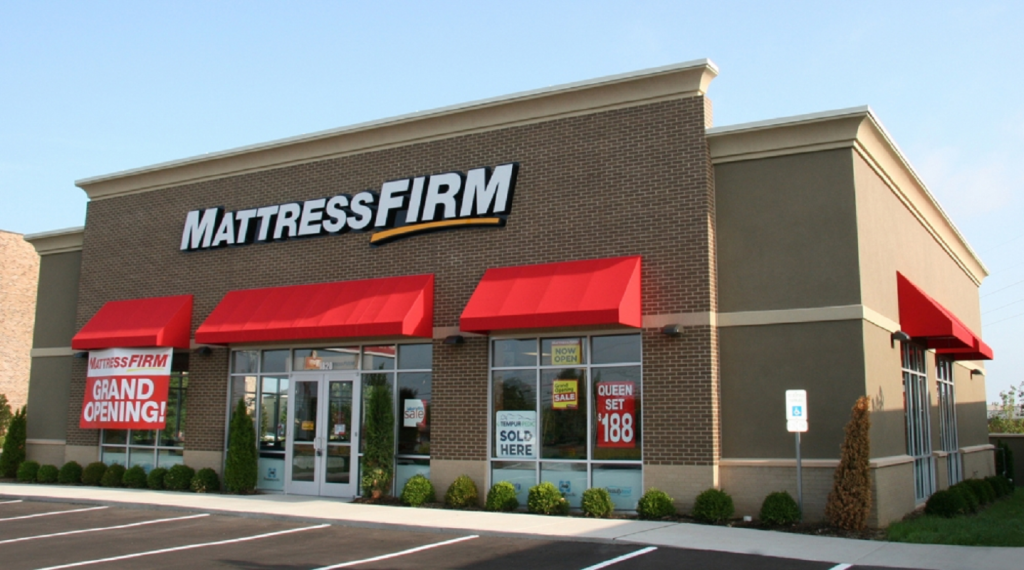1. Kitchen Electrical Layout Basics
When it comes to designing your dream kitchen, the electrical layout is an important aspect that should not be overlooked. Not only does it affect the functionality and convenience of your space, but it also plays a crucial role in ensuring safety. In this section, we will discuss the basics of kitchen electrical layout and why it is essential to get it right.
One of the primary considerations when planning your kitchen electrical layout is the placement of outlets and switches. These power sources are necessary for operating appliances, lighting, and other electronic devices in your kitchen. It is crucial to have enough outlets strategically placed throughout your kitchen to avoid the use of extension cords, which can be a safety hazard.
Another important aspect of kitchen electrical layout is understanding the electrical codes and regulations in your area. These codes ensure that your kitchen is wired correctly and up to safety standards. It is important to consult a professional electrician who is familiar with these codes to ensure that your kitchen is compliant.
2. Kitchen Design: Planning Your Electrical Layout
When planning your kitchen design, it is essential to consider your electrical layout carefully. The layout should be designed to maximize functionality and convenience while also adhering to safety standards. Here are some tips to help you plan your kitchen electrical layout:
Consider the Work Triangle: The work triangle refers to the distance between the sink, stove, and refrigerator. These are the three main areas of activity in a kitchen, and your electrical layout should be planned around this triangle. Make sure that outlets and switches are easily accessible from these areas.
Think About Your Appliances: Consider the appliances you plan on using in your kitchen and their power requirements. Refrigerators, dishwashers, and ovens typically require dedicated circuits, while smaller appliances like toasters and blenders can share a circuit. Make sure your electrical layout can accommodate all your appliances.
Be Strategic with Outlets: It is important to have outlets placed in convenient locations throughout your kitchen. Consider adding outlets above the countertop for small appliances and below the countertop for larger appliances. You can also install outlets inside cabinets or drawers for a clean and clutter-free look.
3. Electrical Layout for Kitchen Remodeling
If you are remodeling your kitchen, it is a good idea to take a closer look at your electrical layout. A well-planned electrical layout can make all the difference in creating a functional and efficient kitchen. Here are some tips for designing the electrical layout for your kitchen remodel:
Evaluate Your Existing Layout: Take a look at your current electrical layout and assess its strengths and weaknesses. Are there enough outlets? Is the placement of switches and outlets convenient? Use this evaluation to make necessary changes and improvements.
Consider Future Needs: When remodeling your kitchen, it is important to think about your future needs. Will you be adding new appliances or upgrading your current ones? Plan your electrical layout accordingly to avoid any issues in the future.
Consult a Professional: If you are unsure about your electrical layout, it is always best to consult a professional electrician. They have the knowledge and expertise to help you design an efficient and safe layout for your kitchen remodel.
4. Kitchen Design: Electrical Outlets and Switches
Outlets and switches are essential elements of a well-designed kitchen electrical layout. These power sources provide the necessary electricity for operating appliances, lighting, and other electronic devices in your kitchen. Here are some things to keep in mind when planning the placement of outlets and switches:
Number of Outlets: As a general rule, there should be at least one outlet for every four feet of countertop space. This ensures that you have enough outlets for all your appliances and prevents the use of extension cords.
Consider the Placement: Outlets and switches should be placed in convenient locations that are easily accessible. Outlets above the countertop are perfect for small appliances, while outlets below the countertop are ideal for larger appliances like dishwashers.
Switches for Lighting: When planning your electrical layout, think about the placement of switches for lighting. Make sure they are easily accessible and placed in convenient locations throughout your kitchen.
5. How to Create a Functional Kitchen Electrical Layout
Creating a functional kitchen electrical layout requires careful planning and consideration. The goal is to design a layout that is both efficient and safe. Here are some tips to help you create a functional kitchen electrical layout:
Plan Around the Work Triangle: As mentioned earlier, the work triangle is an essential aspect of kitchen design. Plan your electrical layout around this triangle to ensure that outlets and switches are easily accessible from the three main areas of activity.
Use Dedicated Circuits: Dedicate circuits for large appliances like refrigerators, ovens, and dishwashers to prevent overloading and tripping breakers. This also ensures that these appliances receive the necessary power for optimal performance.
Consider Task Lighting: Task lighting is essential for performing tasks in the kitchen, such as meal prep and cooking. Plan your electrical layout to include task lighting in areas like the countertop, stove, and sink.
6. Kitchen Design: Understanding Electrical Codes
Electrical codes and regulations are in place to ensure the safety of your kitchen. It is crucial to understand these codes when designing your kitchen electrical layout. Here are some common codes to be aware of:
GFCI Outlets: Ground Fault Circuit Interrupter (GFCI) outlets are required in areas where water may be present, such as the kitchen sink. These outlets have a built-in sensor that shuts off the power if it detects water, preventing electrocution.
AFCI Breakers: Arc Fault Circuit Interrupter (AFCI) breakers are designed to prevent electrical fires. These breakers detect and stop electrical arcing before it can cause a fire.
Outlet Spacing: In most areas, outlets should be spaced no more than 12 feet apart. This ensures that there are enough outlets for all your appliances and prevents the use of extension cords.
7. Kitchen Electrical Layout: Tips and Tricks
Designing a kitchen electrical layout can be overwhelming, but with the right tips and tricks, you can create a functional and efficient layout. Here are some additional tips to help you with your kitchen electrical layout:
Install USB Outlets: With the increase in the use of electronic devices, having USB outlets in your kitchen can be a convenient addition. These outlets allow you to charge your devices without using a separate adapter.
Consider Under-Cabinet Lighting: Under-cabinet lighting is not only a great way to add ambiance to your kitchen, but it also provides task lighting for meal prep and cooking. Plan your electrical layout to include outlets for under-cabinet lighting.
Install Dimmer Switches: Dimmer switches are a great way to control the lighting in your kitchen. They allow you to adjust the brightness to suit your needs and can help save energy.
8. Designing an Efficient Kitchen Electrical Layout
An efficient kitchen electrical layout is essential for creating a functional and convenient space. Here are some additional tips to help you design an efficient kitchen electrical layout:
Consider the Traffic Flow: When planning your electrical layout, think about the traffic flow in your kitchen. Make sure that outlets and switches are not obstructed by cabinets or appliances and are easily accessible to everyone in the kitchen.
Use LED Lighting: LED lights are energy-efficient and have a longer lifespan compared to traditional incandescent bulbs. Consider using LED lighting in your kitchen for both overhead and task lighting.
Include Specialty Outlets: Depending on your needs, you may want to consider including specialty outlets in your kitchen electrical layout. These outlets may include outlets for a garbage disposal, dishwasher, or wine fridge.
9. Kitchen Design: Choosing the Right Lighting and Electrical Fixtures
Lighting and electrical fixtures are an important part of your kitchen design. They not only provide functionality but also add to the overall aesthetic of your space. Here are some tips for choosing the right lighting and electrical fixtures for your kitchen:
Consider the Style: The style of your kitchen should dictate the type of lighting and electrical fixtures you choose. For a modern kitchen, consider sleek and minimalistic fixtures, while for a traditional kitchen, go for more ornate fixtures.
Think About Functionality: When choosing lighting and electrical fixtures, think about their functionality. For example, recessed lighting is perfect for general lighting, while pendant lights are great for task lighting.
Be Mindful of Placement: The placement of your lighting and electrical fixtures is crucial. Make sure they are placed in convenient locations and do not obstruct any cabinets or appliances.
10. Common Mistakes to Avoid in Kitchen Electrical Layout Design
Designing a kitchen electrical layout can be a daunting task, but with careful planning and consideration, you can avoid some common mistakes. Here are some mistakes to avoid in your kitchen electrical layout design:
Not Enough Outlets: One of the most common mistakes in kitchen electrical layout design is not having enough outlets. Make sure you have outlets placed strategically throughout your kitchen to avoid the use of extension cords.
Misplacing Switches: Switches should be placed in convenient locations that are easily accessible. Placing them too far from the activity areas in your kitchen can be inconvenient and frustrating.
Ignoring Codes and Regulations: As mentioned earlier, it is crucial to understand and follow electrical codes and regulations when designing your kitchen electrical layout. Ignoring these codes can lead to safety hazards and costly fixes in the future.
In conclusion, the kitchen electrical layout is an important aspect of kitchen design that should not be overlooked. With these tips and tricks in mind, you can create a functional, efficient, and safe electrical layout for your dream kitchen. Remember to consult a professional electrician if you are unsure about any aspect of your kitchen electrical layout.
Designing a Functional and Safe Kitchen Electrical Layout
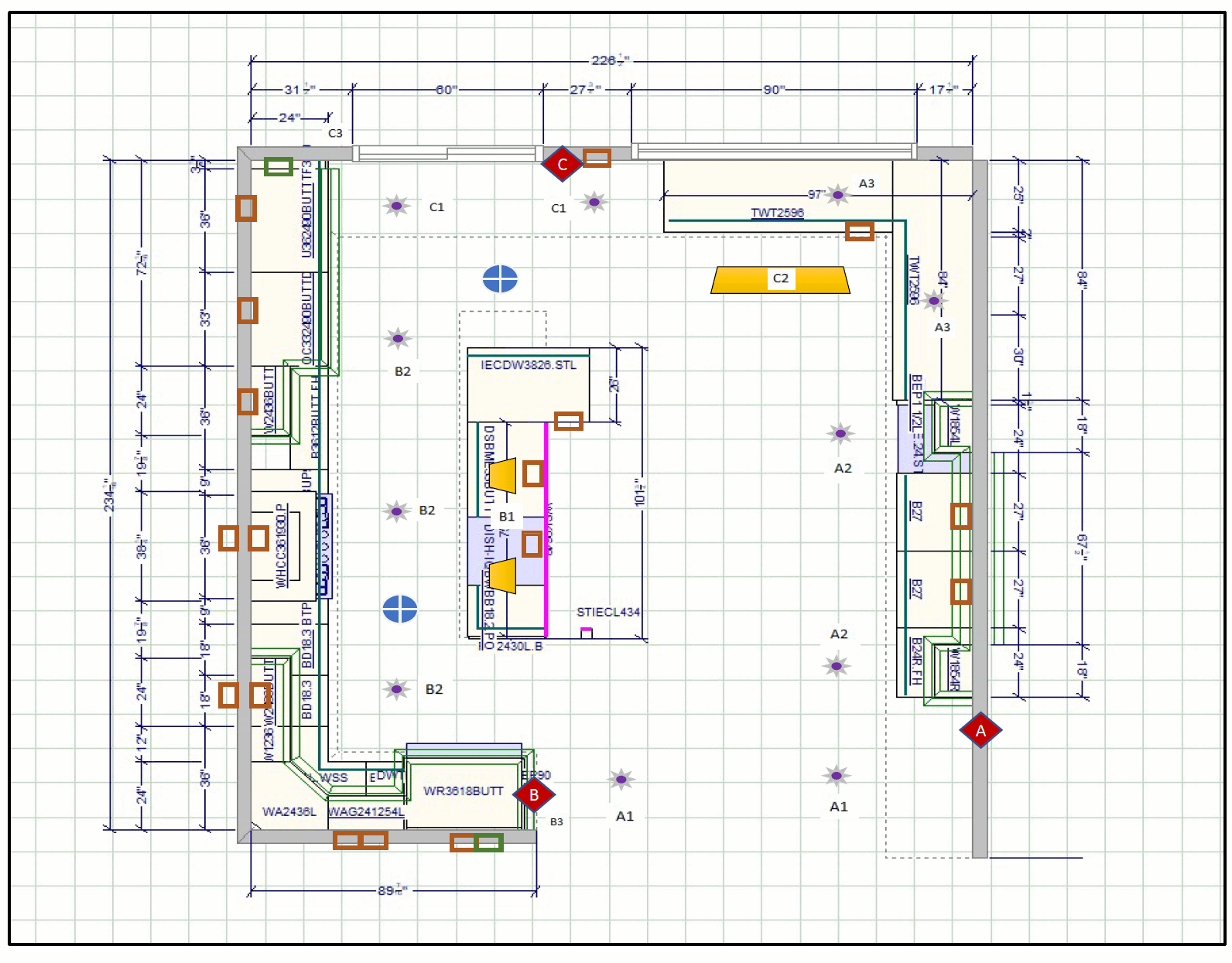
The Importance of a Well-Planned Electrical Layout
 When it comes to designing a kitchen, the layout is a crucial aspect to consider. This is especially true for the electrical layout, as it not only affects the functionality of the space but also the safety of those using it. A well-planned electrical layout ensures that all necessary electrical outlets and appliances are strategically placed, making cooking and food preparation more efficient and convenient. It also minimizes the risk of accidents and electrical hazards.
When it comes to designing a kitchen, the layout is a crucial aspect to consider. This is especially true for the electrical layout, as it not only affects the functionality of the space but also the safety of those using it. A well-planned electrical layout ensures that all necessary electrical outlets and appliances are strategically placed, making cooking and food preparation more efficient and convenient. It also minimizes the risk of accidents and electrical hazards.
Factors to Consider in a Kitchen Electrical Layout
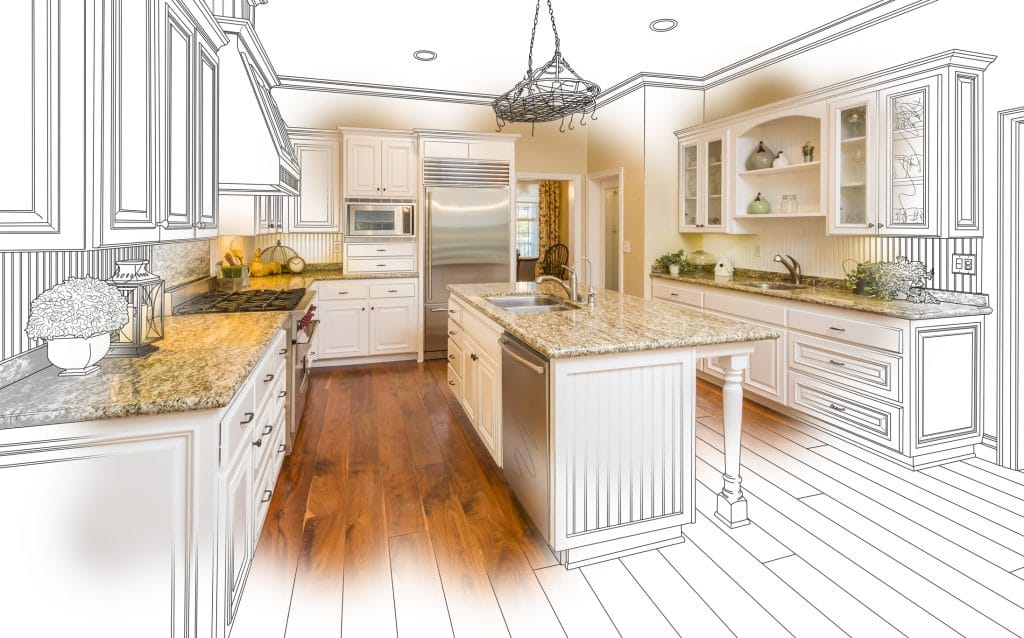 The main focus
of a kitchen electrical layout is to provide enough power for all essential appliances while avoiding overloading circuits. This requires careful planning and consideration of several factors such as the size and shape of the kitchen, the location of the main electrical panel, and the type of appliances being used.
Another important factor
to consider is the National Electrical Code (NEC) which sets the standards for electrical installations in residential buildings. The NEC has specific requirements for the placement and spacing of electrical outlets, as well as the use of GFCI (ground fault circuit interrupter) outlets near water sources to prevent electric shocks.
The main focus
of a kitchen electrical layout is to provide enough power for all essential appliances while avoiding overloading circuits. This requires careful planning and consideration of several factors such as the size and shape of the kitchen, the location of the main electrical panel, and the type of appliances being used.
Another important factor
to consider is the National Electrical Code (NEC) which sets the standards for electrical installations in residential buildings. The NEC has specific requirements for the placement and spacing of electrical outlets, as well as the use of GFCI (ground fault circuit interrupter) outlets near water sources to prevent electric shocks.
Designing a User-Friendly and Efficient Layout
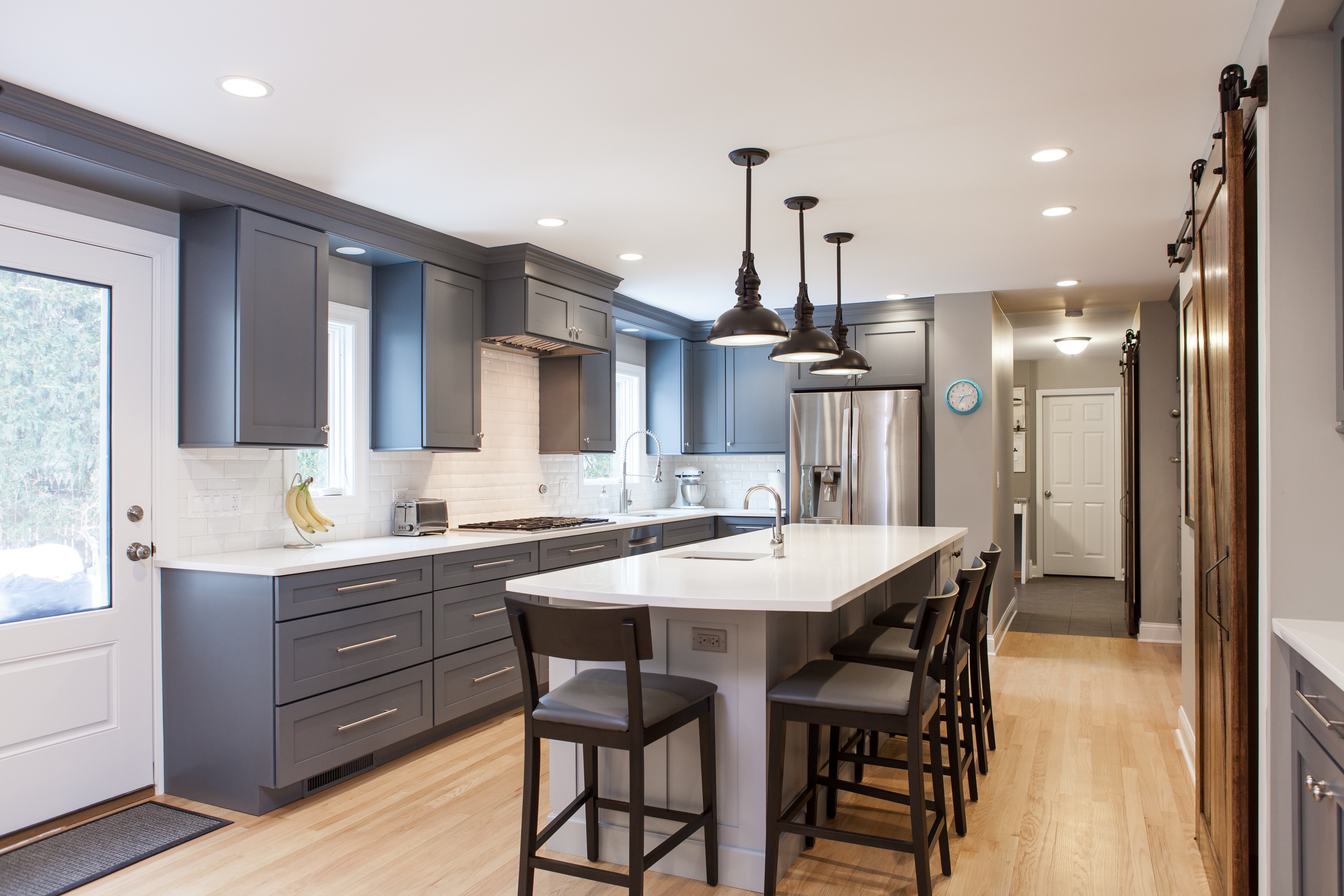 One way to ensure
a user-friendly and efficient layout is to divide the kitchen into different zones, such as cooking, cleaning, and storage.
Each zone
should have its own designated outlets for appliances and devices used in that area. For example, the cooking zone should have outlets for the stove, oven, and microwave, while the cleaning zone should have outlets for the dishwasher and garbage disposal.
In addition,
it is important to consider the placement of lighting in the kitchen. Proper lighting not only enhances the overall design but also makes it easier and safer to navigate the space. Task lighting, such as under-cabinet lights, should be strategically placed above work areas, while ambient lighting can be used to create a warm and inviting atmosphere.
One way to ensure
a user-friendly and efficient layout is to divide the kitchen into different zones, such as cooking, cleaning, and storage.
Each zone
should have its own designated outlets for appliances and devices used in that area. For example, the cooking zone should have outlets for the stove, oven, and microwave, while the cleaning zone should have outlets for the dishwasher and garbage disposal.
In addition,
it is important to consider the placement of lighting in the kitchen. Proper lighting not only enhances the overall design but also makes it easier and safer to navigate the space. Task lighting, such as under-cabinet lights, should be strategically placed above work areas, while ambient lighting can be used to create a warm and inviting atmosphere.
The Role of a Professional Electrician
 Designing a kitchen electrical layout
can be a complex task, which is why it is best left to a professional electrician. A licensed electrician has the knowledge and expertise to design a safe and functional layout that meets all the necessary codes and standards. They can also provide valuable advice on the placement of outlets and the best type of wiring to use based on the specific needs of the kitchen.
In conclusion, a well-designed kitchen electrical layout is essential for a functional and safe kitchen. By considering all the necessary factors and seeking the help of a professional, you can ensure that your kitchen is not only aesthetically pleasing but also practical and efficient. So, before embarking on your kitchen design journey, make sure to give proper attention to the electrical layout.
Designing a kitchen electrical layout
can be a complex task, which is why it is best left to a professional electrician. A licensed electrician has the knowledge and expertise to design a safe and functional layout that meets all the necessary codes and standards. They can also provide valuable advice on the placement of outlets and the best type of wiring to use based on the specific needs of the kitchen.
In conclusion, a well-designed kitchen electrical layout is essential for a functional and safe kitchen. By considering all the necessary factors and seeking the help of a professional, you can ensure that your kitchen is not only aesthetically pleasing but also practical and efficient. So, before embarking on your kitchen design journey, make sure to give proper attention to the electrical layout.



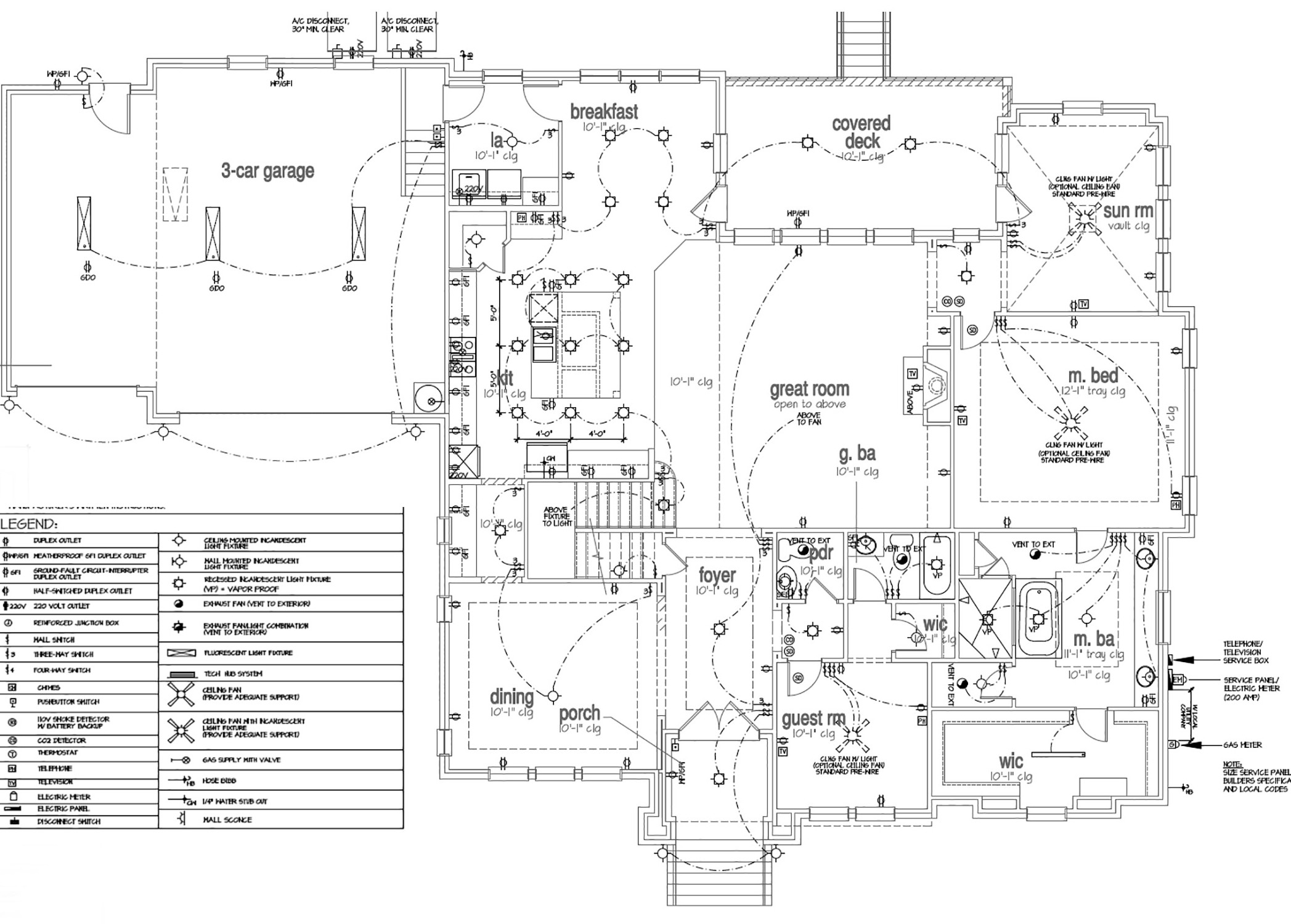

/ModernScandinaviankitchen-GettyImages-1131001476-d0b2fe0d39b84358a4fab4d7a136bd84.jpg)

/One-Wall-Kitchen-Layout-126159482-58a47cae3df78c4758772bbc.jpg)







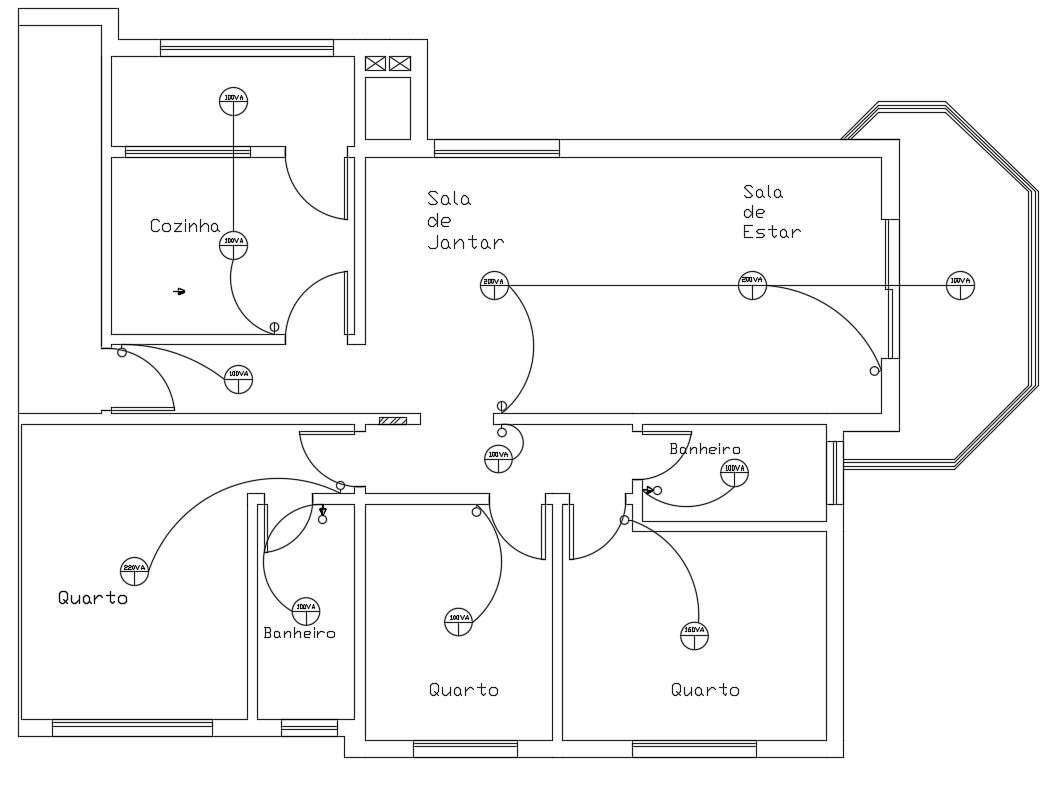





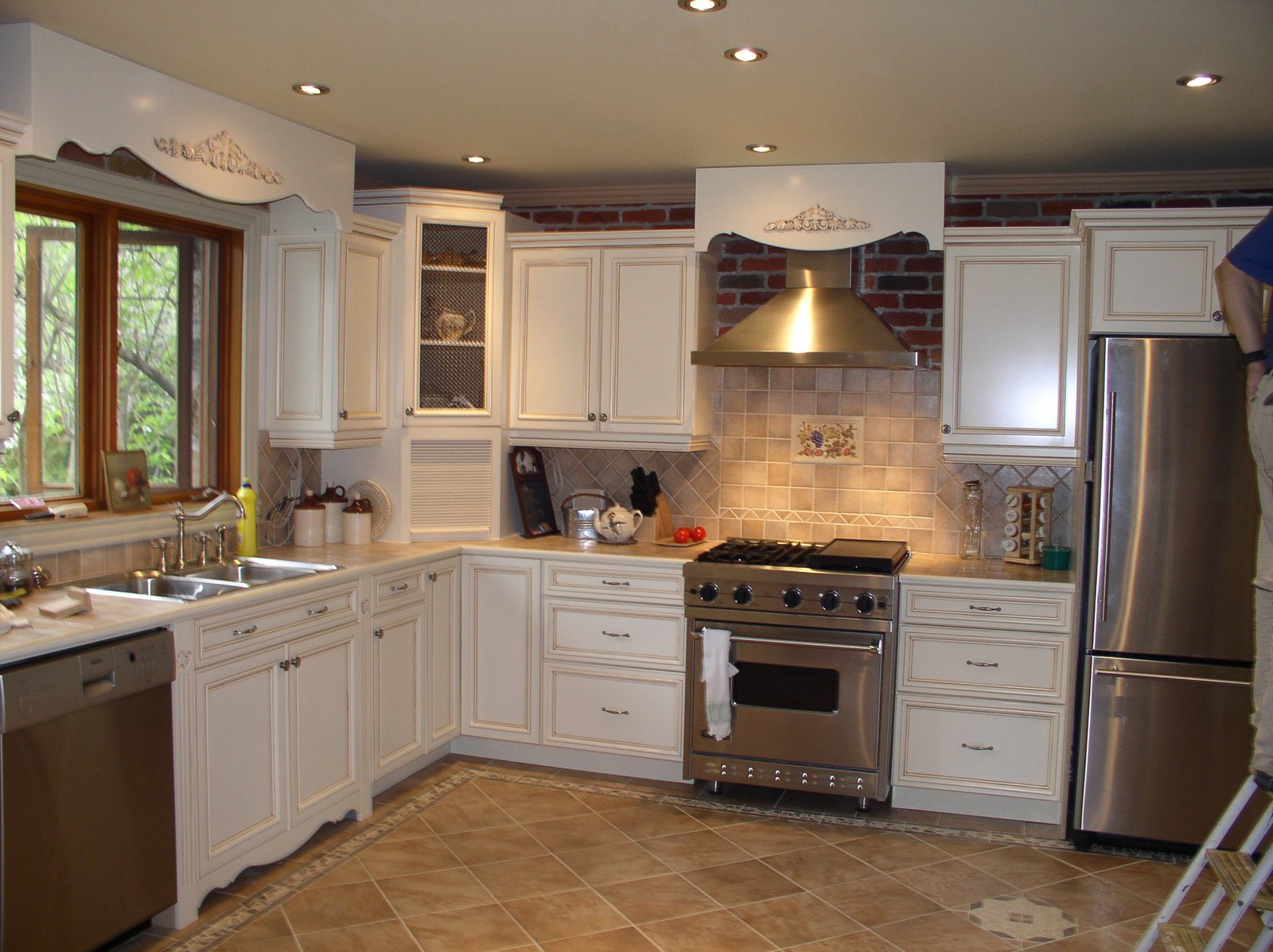


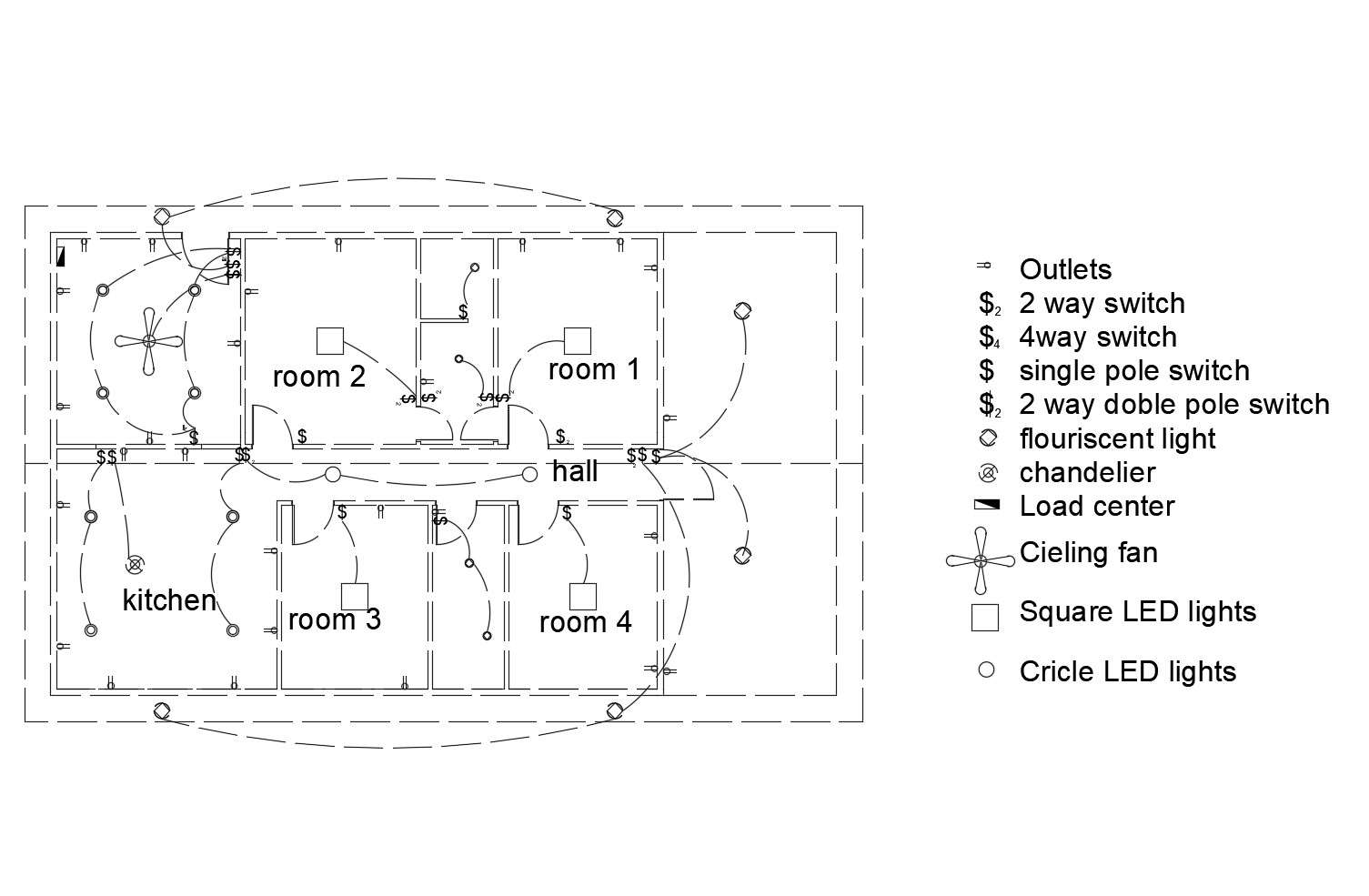




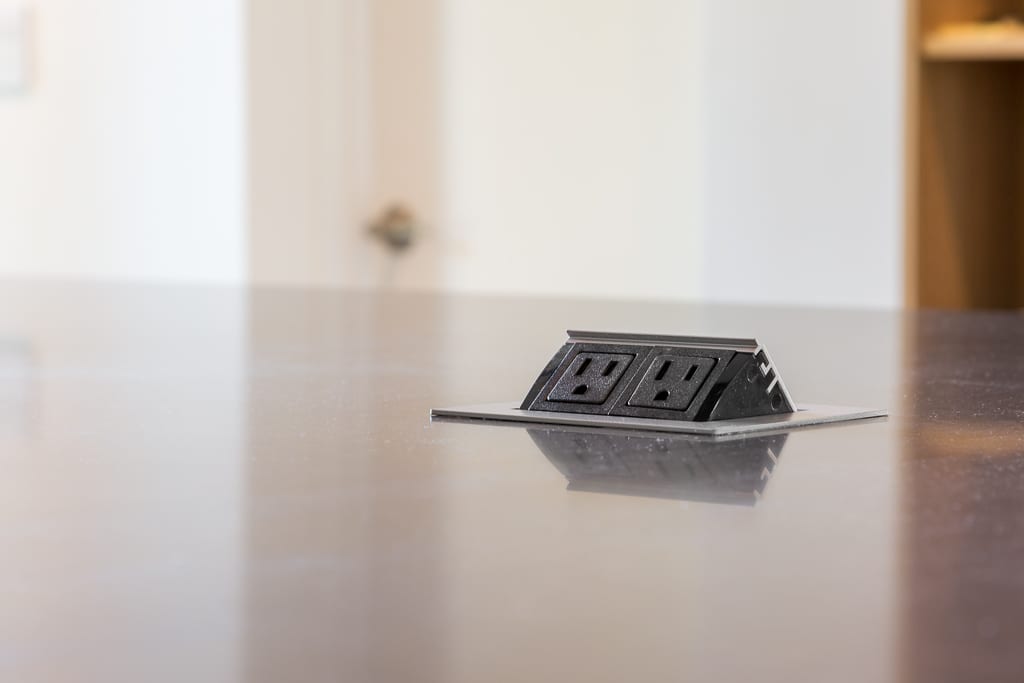




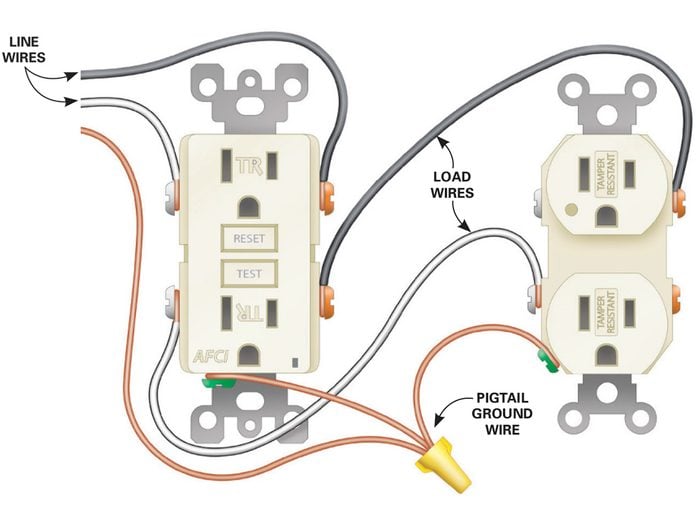


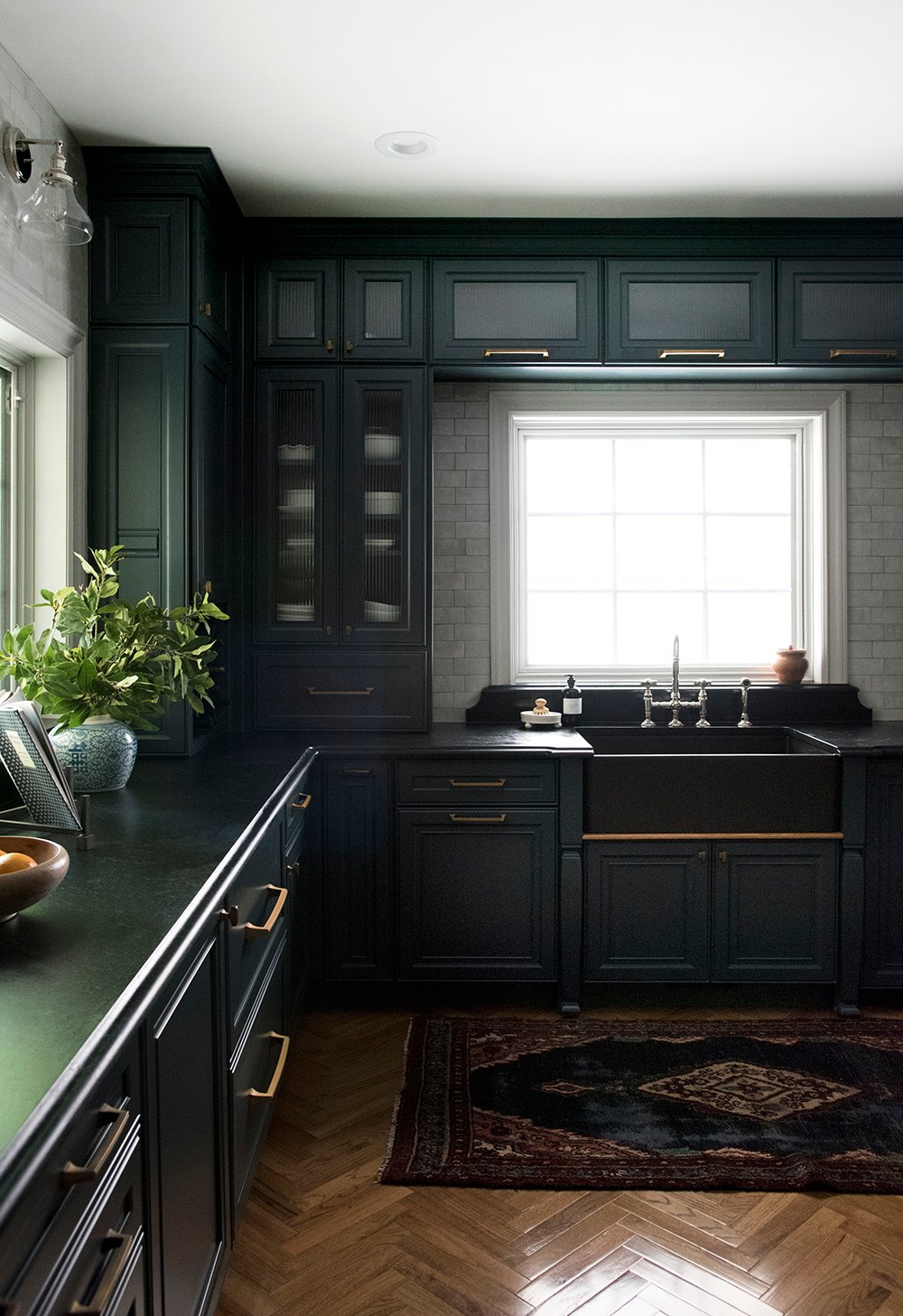


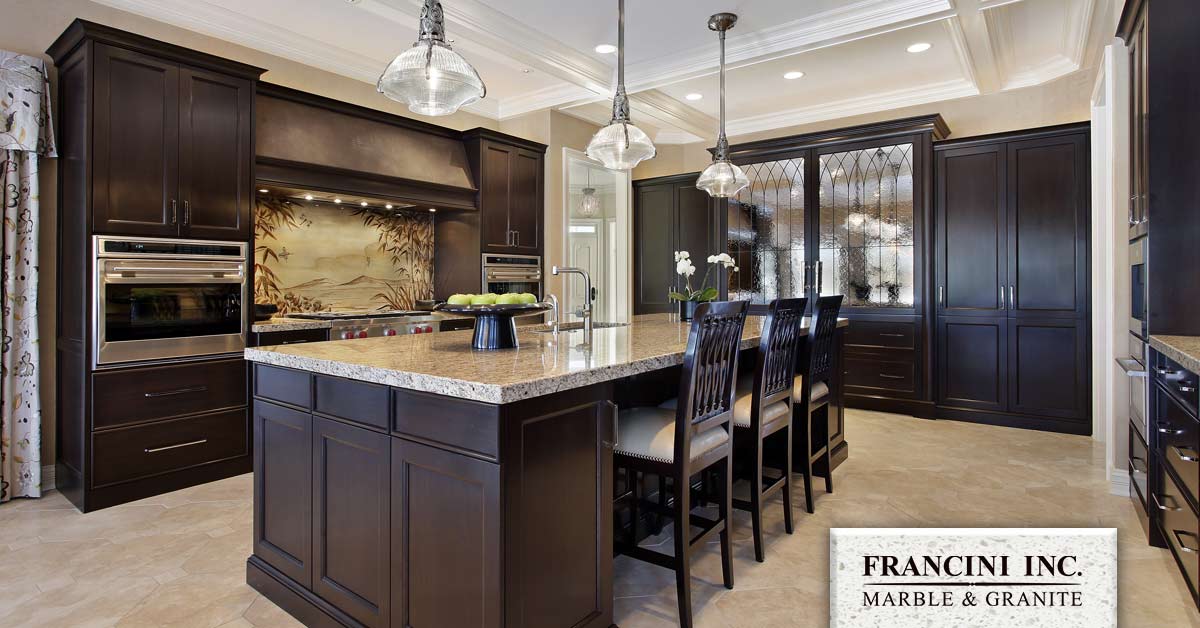


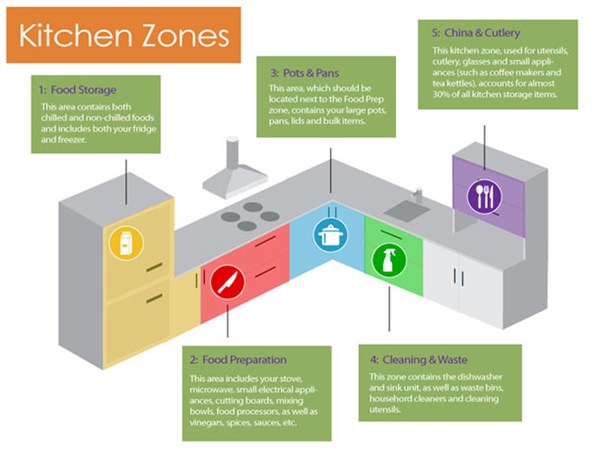





:max_bytes(150000):strip_icc()/ElectricalWiring-1152863-2143c6964ddd48e2ad1fb664c296561e.jpg?strip=all)


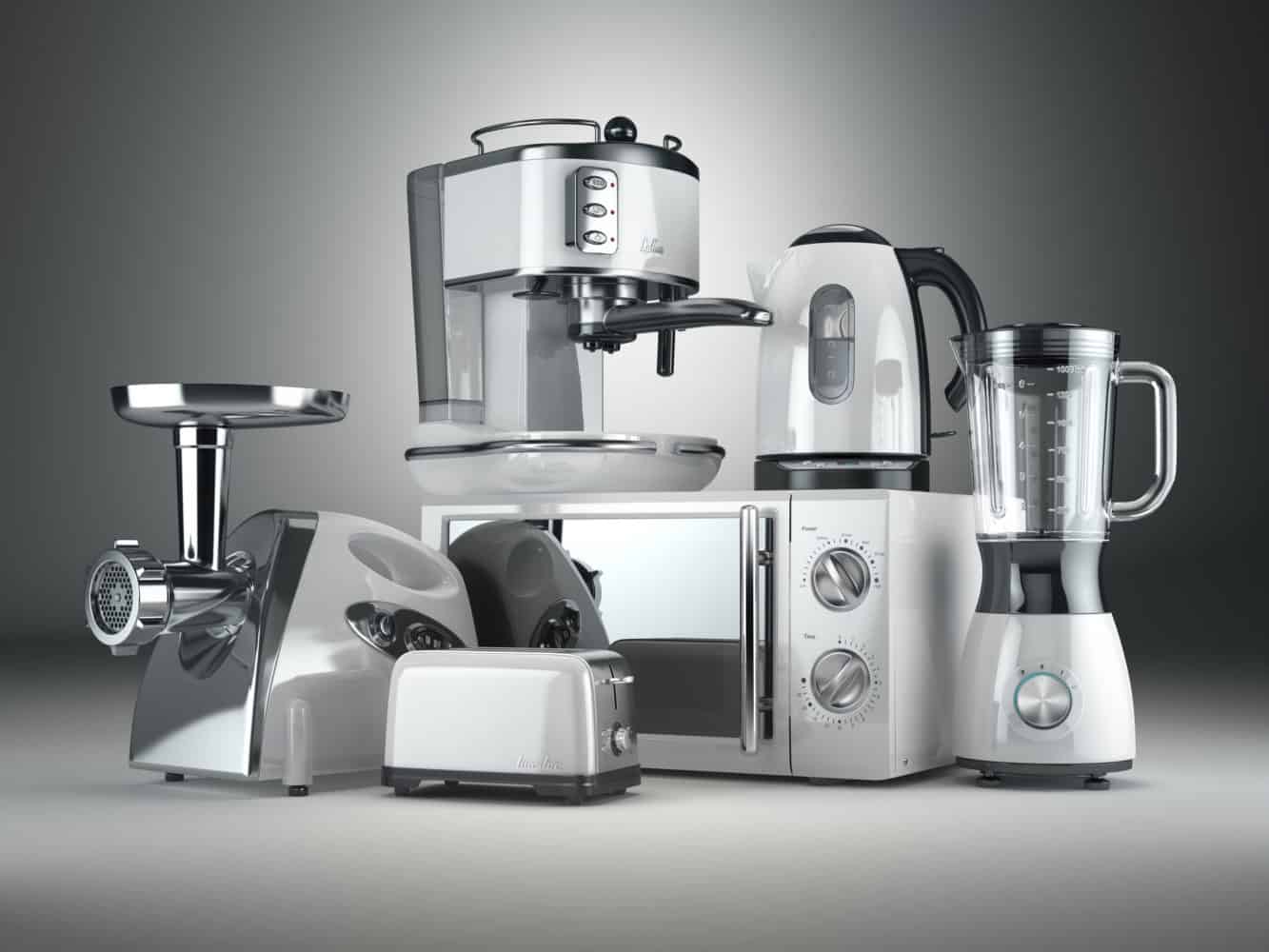
/common-electrical-codes-by-room-1152276-hero-c990ede99b954981988f2d97f2f23470.jpeg)

.jpg?width=800&name=6a-(1).jpg)




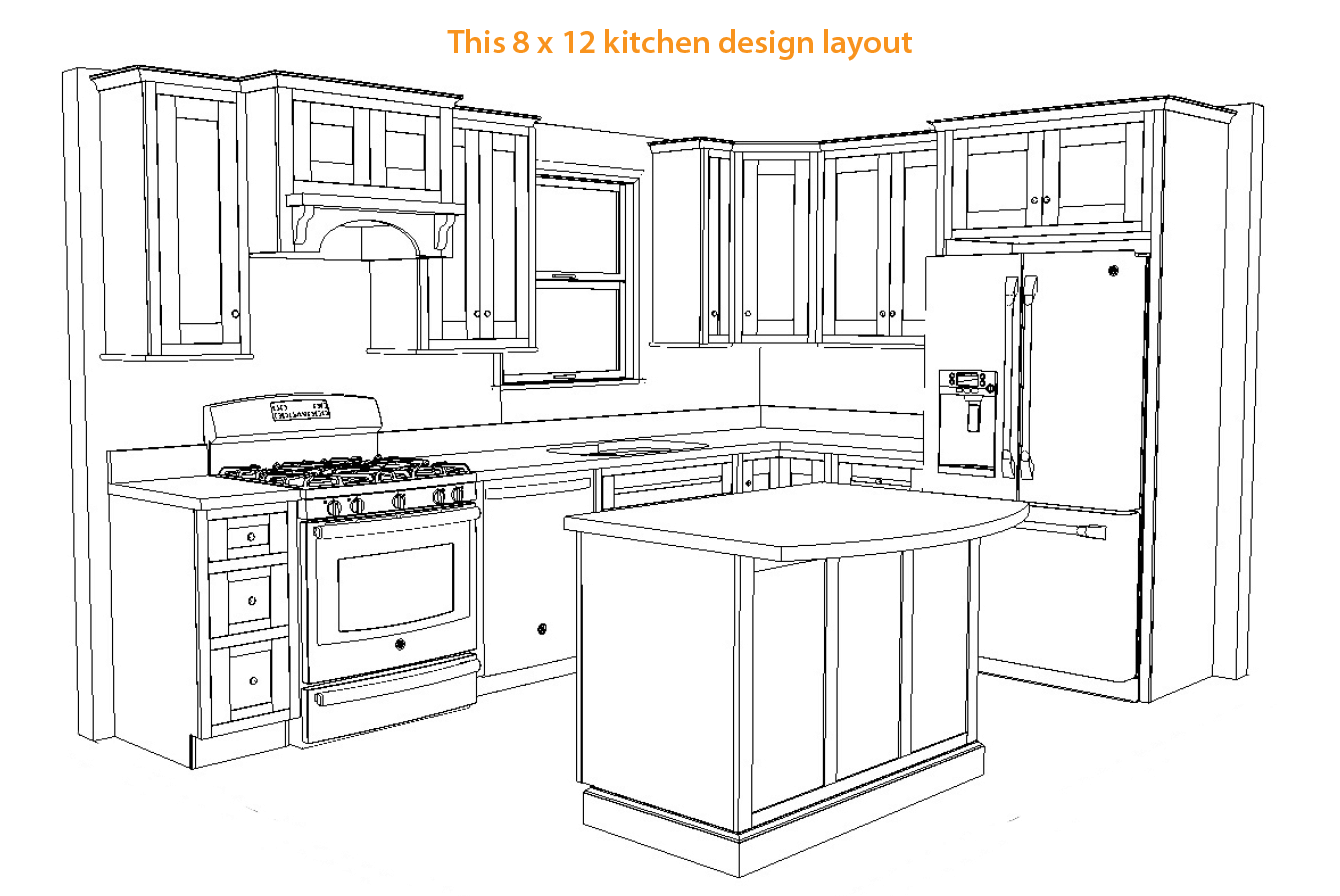


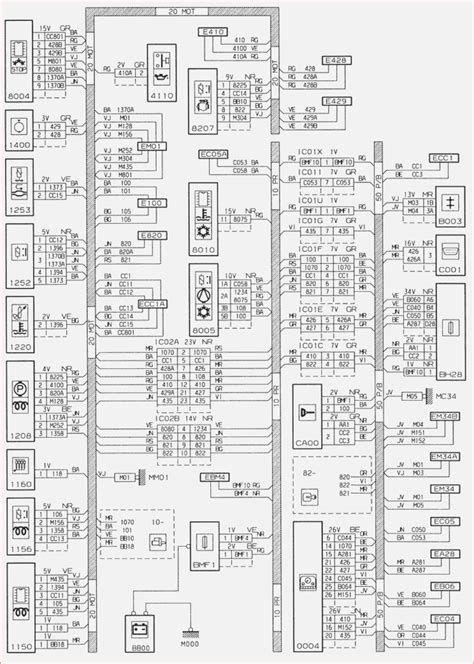


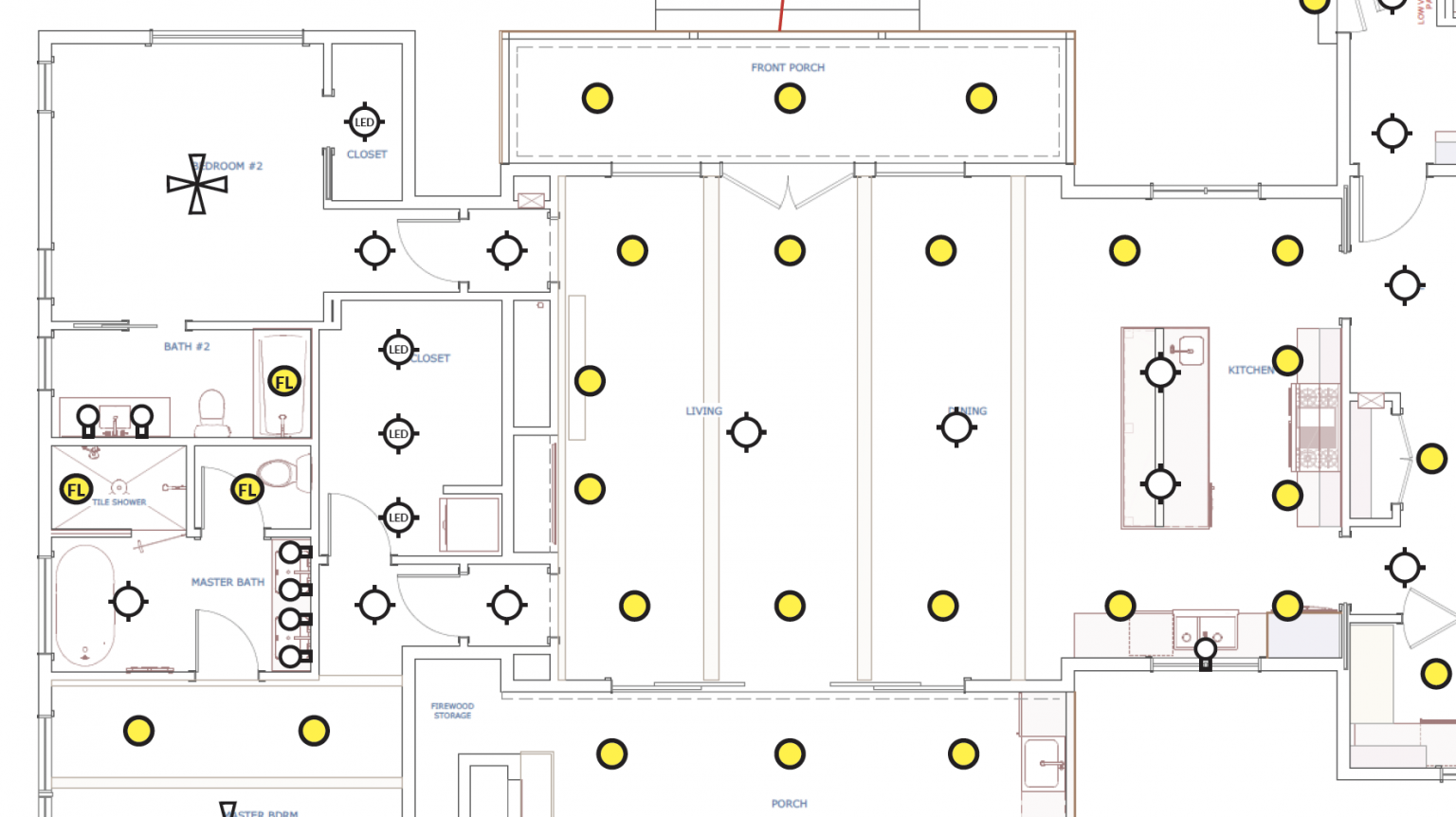


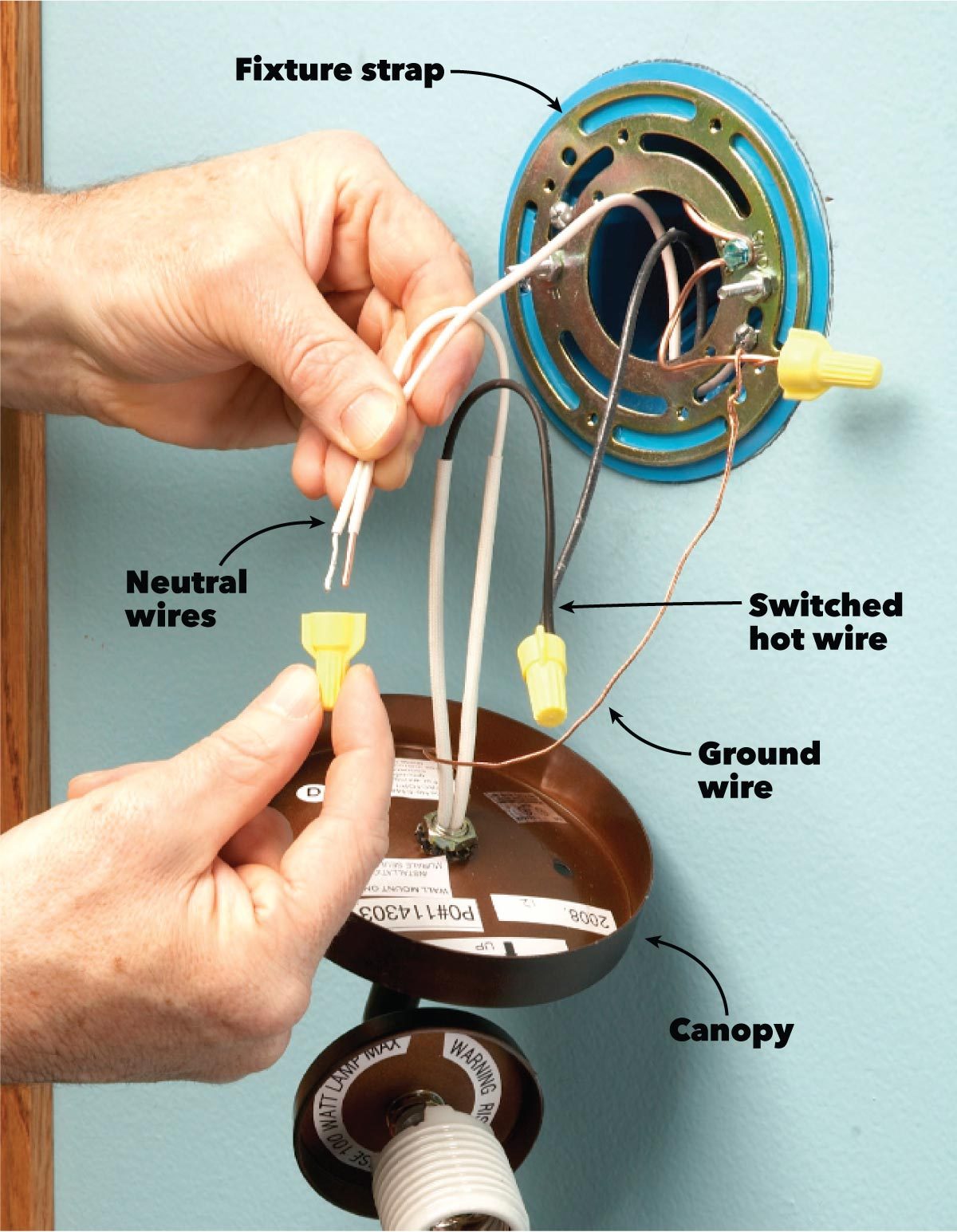

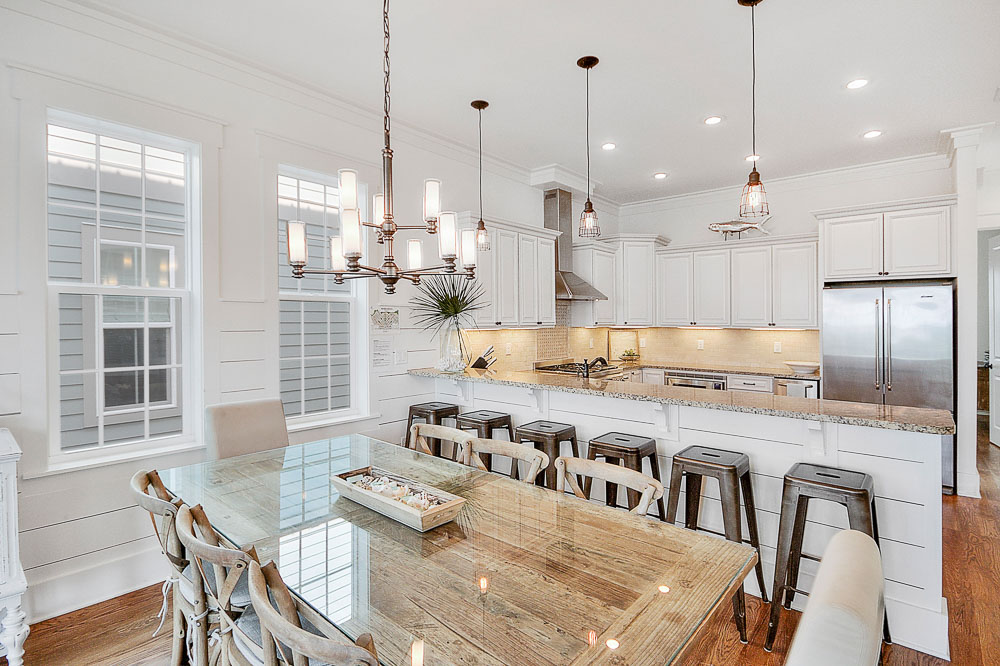


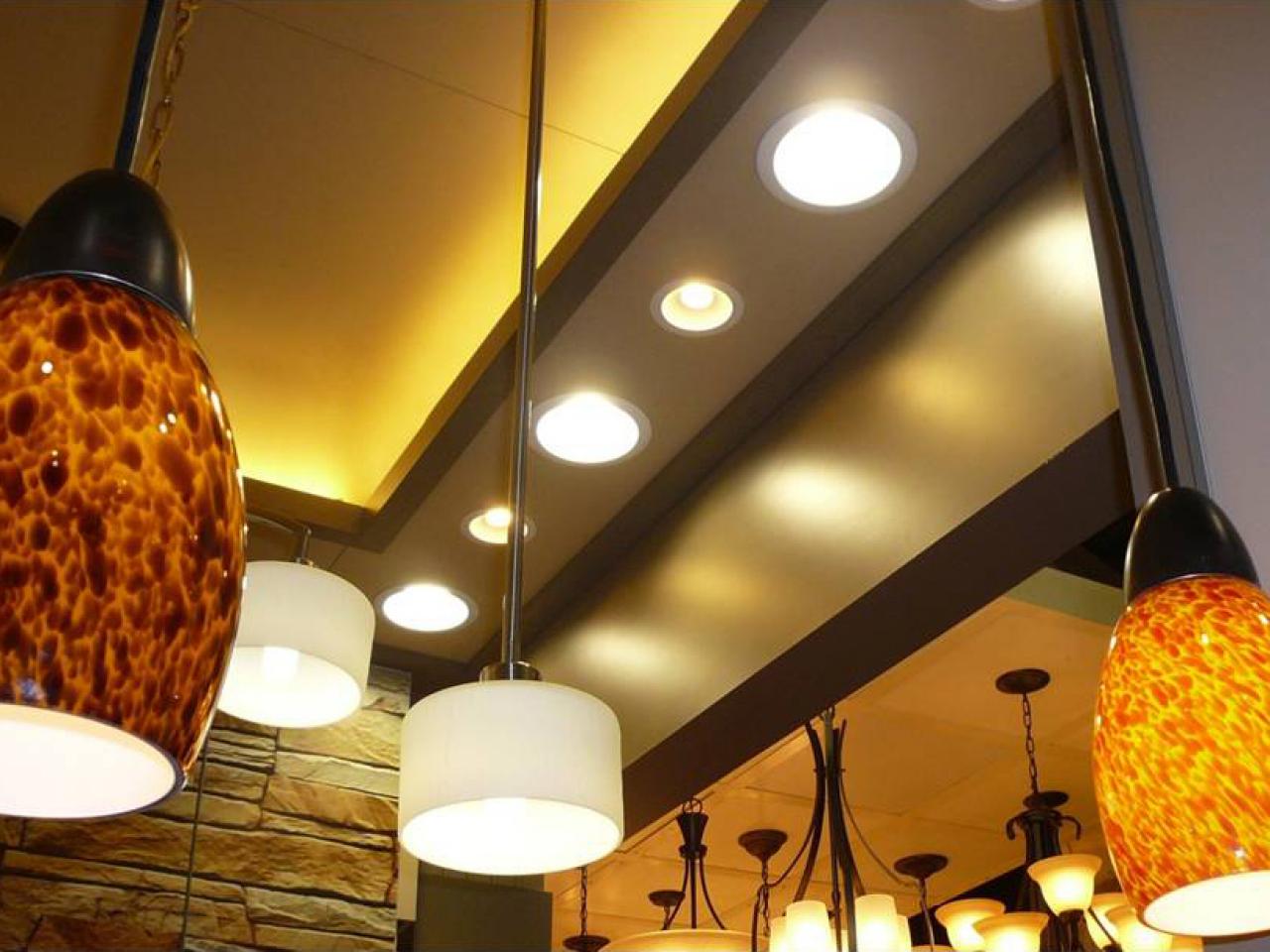
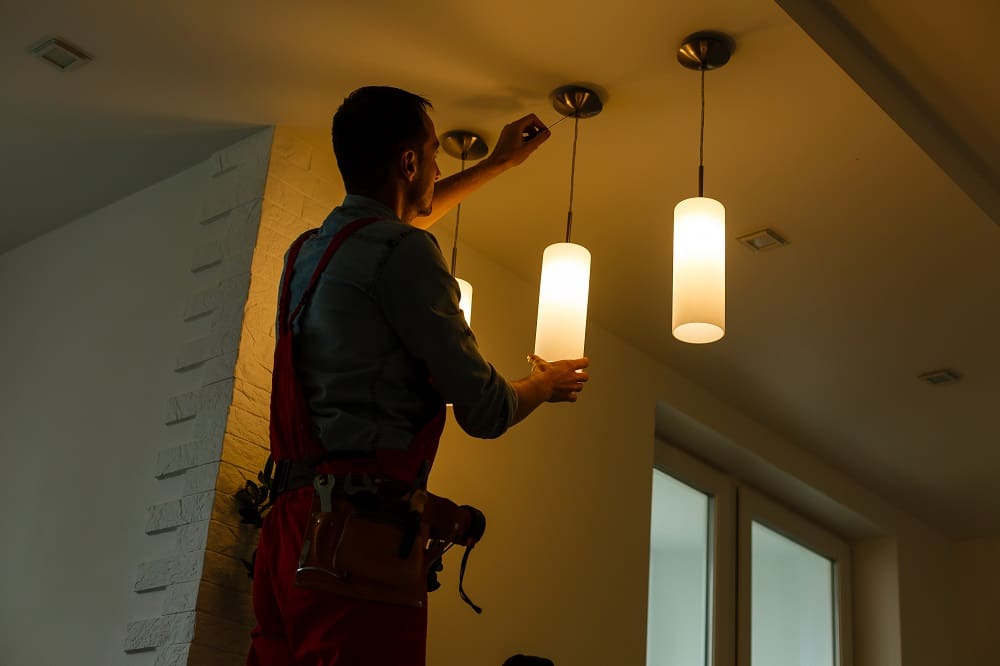
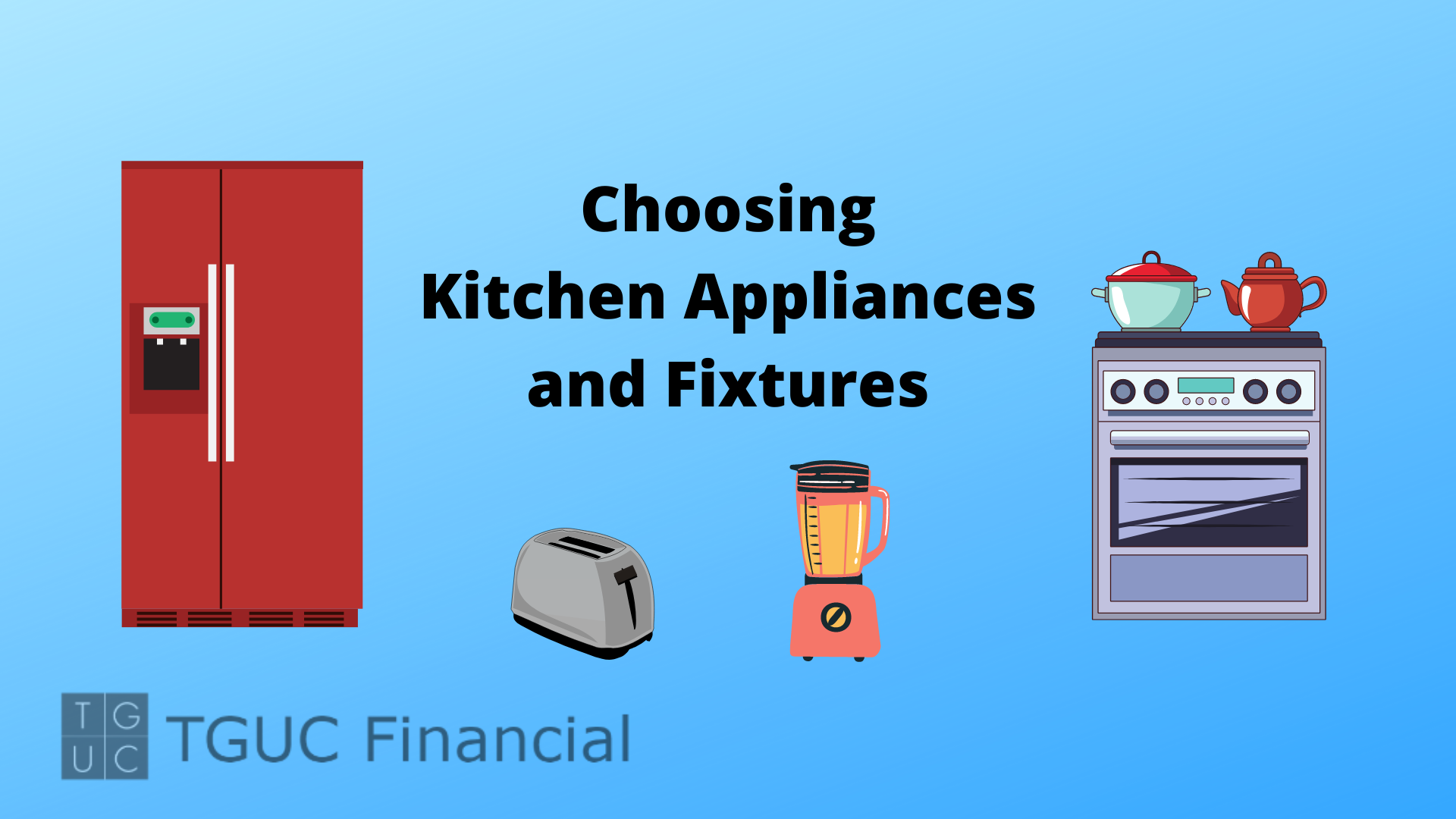

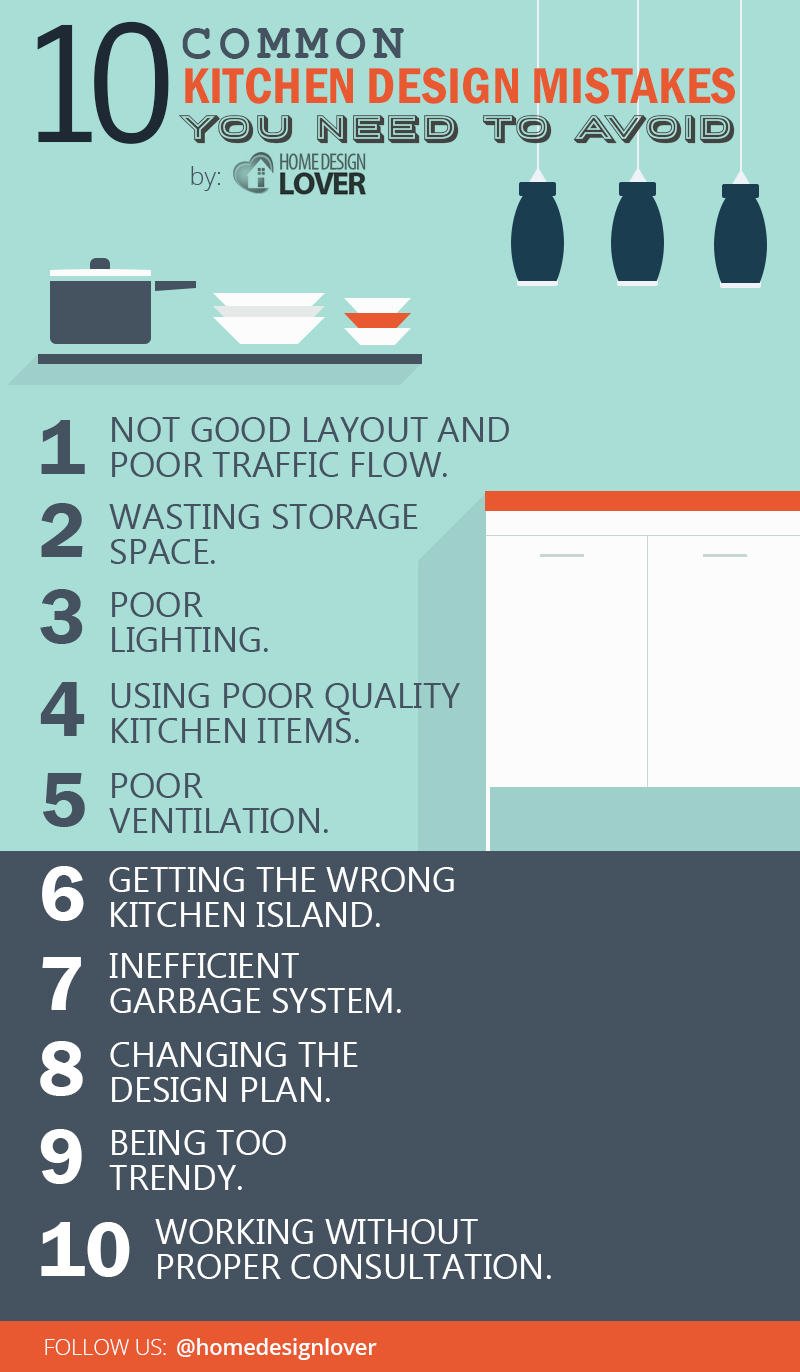

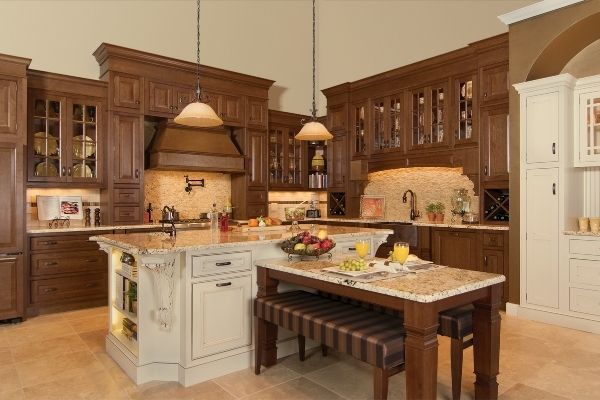









/Clean-and-crisp-farmhouse-living-room-58e02f603df78c51627a274f.png)



